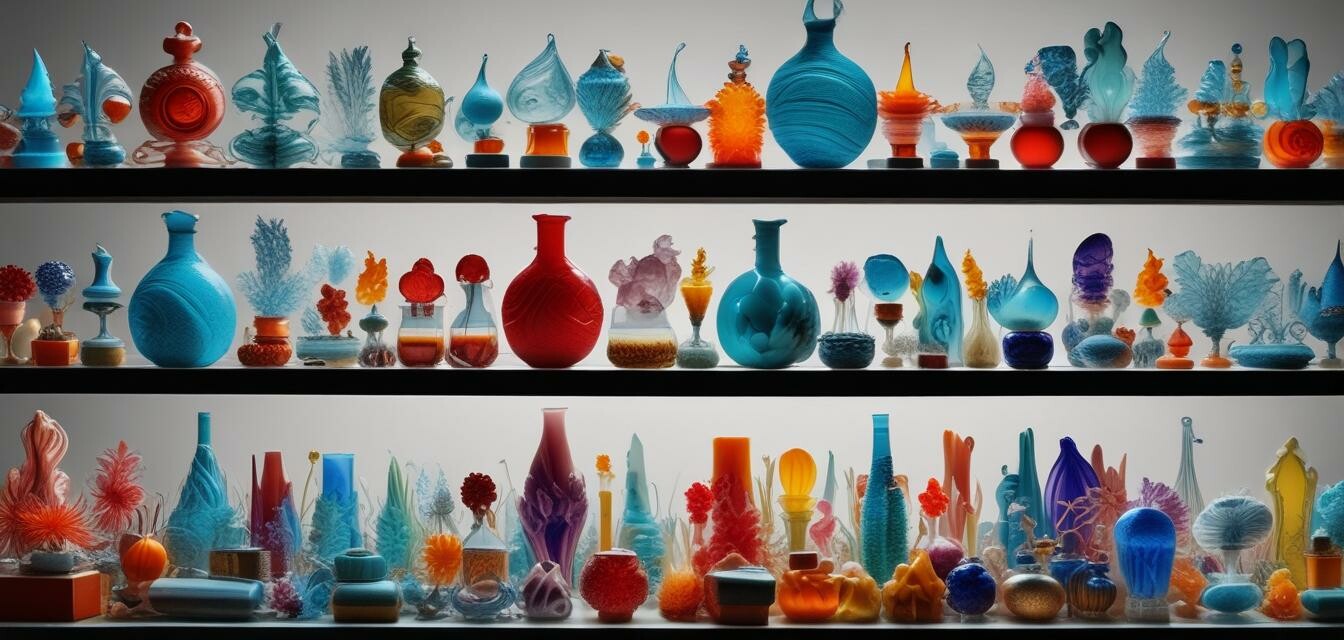
Exploring the benefits of layered glass with molds
- Layered glass techniques enhance depth and texture in your glass art.
- Molds allow for specific shapes and designs, elevating your creativity.
- This method can open up new possibilities for decorative and functional glass pieces.
- Understanding materials and techniques is key for successful layering.
- Experimentation is vital to discovering your unique style in glassmaking.
Layered glass techniques paired with molds can elevate your glass art, offering a stunning array of options for depth, texture, and design. In this article, we'll explore the benefits of this innovative approach, provide you with practical insights, and inspire you to experiment in your own projects. Let’s dive into how you can transform your glass creations through layering!
What is layered glass?
Layered glass refers to stacking multiple pieces of glass, often in different colors, to create depth and effects that cannot be achieved with single layers. This technique is particularly effective when paired with molds, as it allows artists to shape their designs while enhancing the visual impact of their work.
The benefits of using molds with layered glass
Incorporating molds into your layered glass techniques provides various advantages, as outlined in the table below:
| Benefit | Description |
|---|---|
| Precision | Molds ensure consistent shapes and sizes across your glass projects. |
| Versatility | Allows for a range of designs, from simple to intricate patterns. |
| Ease of Use | Beginner-friendly and simplifies complex layering techniques. |
| Innovative Designs | Enables experimentation with diverse glass types and colors. |
| Reduced Waste | Helps in utilizing leftover glass scraps effectively. |
Creating depth and texture
When using layered glass, you can create stunning visual effects and textures. Here are some tips to effectively layer your glass while using molds:
Tips for layering glass with molds
- Select complementary colors to create depth.
- Experiment with different glass thicknesses for varied effects.
- Use clear glass as a top layer to enhance the colors beneath.
- Incorporate textured glass for added interest and dimension.
- Start with simple designs and build complexity with practice.
Popular glass molding techniques
Glass molds can bring your layered projects to life with various techniques:
- Slumping: This technique involves firing glass in molds to produce a seamless, flowing form.
- Fusing: Combines multiple layers into a single piece to create interesting color interactions.
- Casting: Pouring hot glass into a mold for more complex shapes.
- Embedding: Incorporating objects within glass layers to add personalized details.
Conclusion
Layered glass techniques using molds offer endless possibilities for artists to explore depth and texture in their creations. Whether you are a beginner or an experienced artisan, these techniques can help you enhance your skills and achieve unique results. Embrace the innovative design ideas and practical insights shared in this article to transform your glass art journey.
Pros
- Enhances visual appeal through depth.
- Molds provide consistency and creativity.
- Facilitates experimentation with design ideas.
- Adapts to various styles and themes.
Cons
- Some molds can be costly.
- Learning curve for optimal layering techniques.
- Requires additional preparation for complex designs.
Learn more about glass molds
For more insights into using glass molds effectively, check out our comprehensive guide on glass molds. You will discover various types of molds available, tips for selecting the right ones, and more creative project ideas.
Ready to dive deeper into glass making? Explore our current offers on glass molds, or check out our selection of glass kilns that can be perfect for your layered projects. For all the materials you need, browse our collection of glass sheets and supplies.
Start creating your layered glass masterpieces today!

